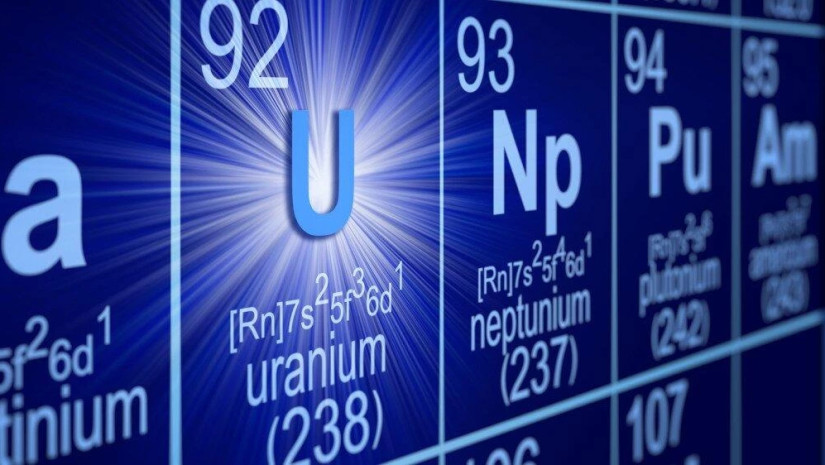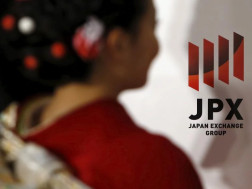Uranium is a commodity that trades in niche markets that are often overlooked and under-researched by global investors. This was especially true during its bear market decline in recent years, but that now seems to be changing, due to clean energy & geopolitics. Rather than finding new deposits, the more immediate challenge for uranium markets could be solving the mismatch between nations that produce and consume the metal.
Uranium was discovered by Martin Heinrich Klaproth, a German chemist, in the mineral pitchblende (primarily a mix of uranium oxides) in 1789. Although Klaproth, as well as the rest of the scientific community, believed that the substance he extracted from pitchblende was pure uranium, it was actually uranium dioxide (UO2).
At a major mining conference organised in Singapore and supported by the Singapore mining club, Uranium and uranium companies gathered increasing interest and Mind share. As honest money gold was again trading at US$ 2,000 an ounce the Singapore mining club and spencer Campbell organised a gold rush event.
Smart money & forward-looking investors most probably could envision an event entitled: The anatomy of the Uranium Bull market.
Philanthropic billionaire investor and early backer of ex U.S. president Barack Obama, George Soros famously opined “ I do not play according to a given set of rules; I look for changes in the rules of the game.”
Geopolitics and the climate change are the game changers for uranium.
A lot of uranium is still sourced from unfriendly countries. Uranium mining is at the start of the nuclear fuel cycle.
The United States, which has the biggest fleet of nuclear reactors, can only supply 1% of its demand, while Russian federation’s Grip on Nuclear-Power Trade Is Only Getting Stronger.
While many politicians around the world increasingly talk about ESG, climate change and carbon neutral, many still have not understood the important role of uranium in the clean energy revolution or transition. According to CanAlaska uranium a cube of uranium oxide (UO2) fuel could weigh 3 kg and could prevent the use of 1,000 barrels of oil. It could prevent the use of 400 tonnes of coal and save 850 tonnes of CO2. It could produce 1,000,000 KWHof Carbon -Free energy (average home for 100 years !).
The uranium market has a relatively small group of mines that produce and then sell to global utilities and defence suppliers. But unlike other commodities, uranium demand is inelastic.
Fundamental catalysts for the expected price increase in uranium are based on estimates that global demand is expected to rise 44% by 2035, according to World Nuclear Association.
In the years following the Fukushima nuclear disaster in April 2011, uranium demand dropped dramatically. All of Japan’s nuclear facilities were eventually shut down, and none of the country’s nuclear units came back on line until 2015. As uranium prices fell to about $20 a pound, a great deal of global production became economically unviable because production costs exceeded the spot and long-term prices. This resulted in a substantial reduction in global uranium production and mine closures.
KSA the kingdom of Saudi Arabia has made efforts to break into the ranks of global uranium suppliers — and feed a nascent nuclear power program has come up short, with exploration investments failing to find any significant deposits of the heavy metal. Saudi Arabia is said to have spent more than $37 million since 2017 searching for deposits but only managed to identify reserves, that would be “severely uneconomic” to mine. Chinese geologists allegedly helped the Saudis identify uranium. According to Energy Minister Abdulaziz bin Salman, the Kingdom wants to develop a substantial mining industry by 2030, still has a “huge program in exploration for uranium” that could turn up richer veins in the future.
Another factor contributing to its price discovery will be the expiration of long-term uranium procurement contracts. Many utility companies around the world tend to hedge their uranium needs years in advance in order to guarantee future prices and ensure a steady supply from reliable producers. In 2020-21, many of these supply contracts expired and hence lead to a larger supply deficit.
Geopolitics in will also play are key role for the outlook of uranium prices. U.S. nuclear power is at risk as many local producers have shut down, and the country imports 95% of its uranium, half of which comes from Russia and ex-Soviet Union states like Kazakhstan, which includes the world’s largest single producer Kazatomprom.
China and India are investing heavily in the nuclear sector in order to reduce carbon emissions. China is widely believed to have 19 nuclear reactors under construction and 41 planned.
Often in financial markets, the trend is your friend, and the uranium thematic investment theme could continue to offer the most asymmetric payoff across all other commodities.
As the supply and demand dynamics shift back to the suppliers’ favour as the economic (marginal) cost price could be meaningfully higher than the current spot price, uranium producers could have their (proverbial) yellowcake and eat it, too. Hence, in terms of any investment thesis for 2019, there is perhaps no better commodity than uranium with its bull market finally under way on tightening fundamentals.
Rainer Michael Preiss is Partner & Portfolio Strategist at Das Family Office in Singapore.
















